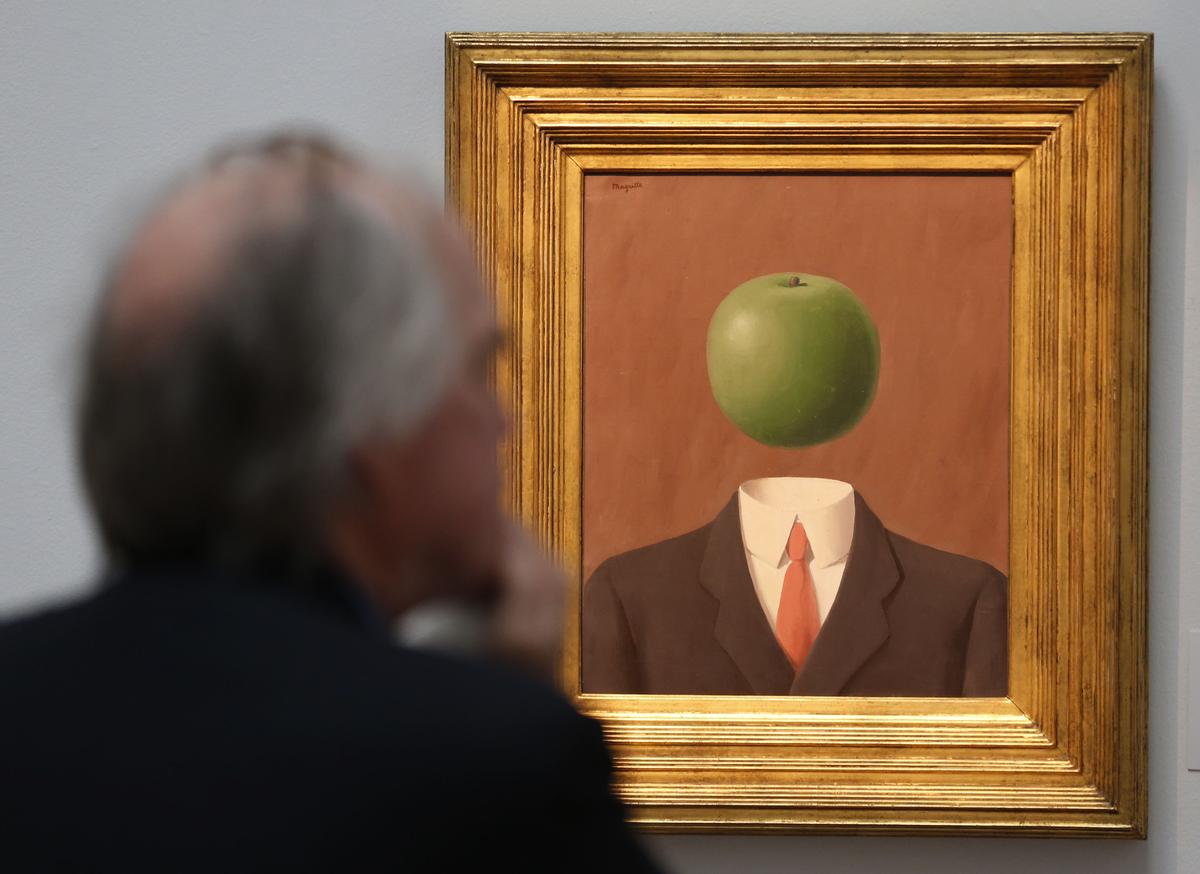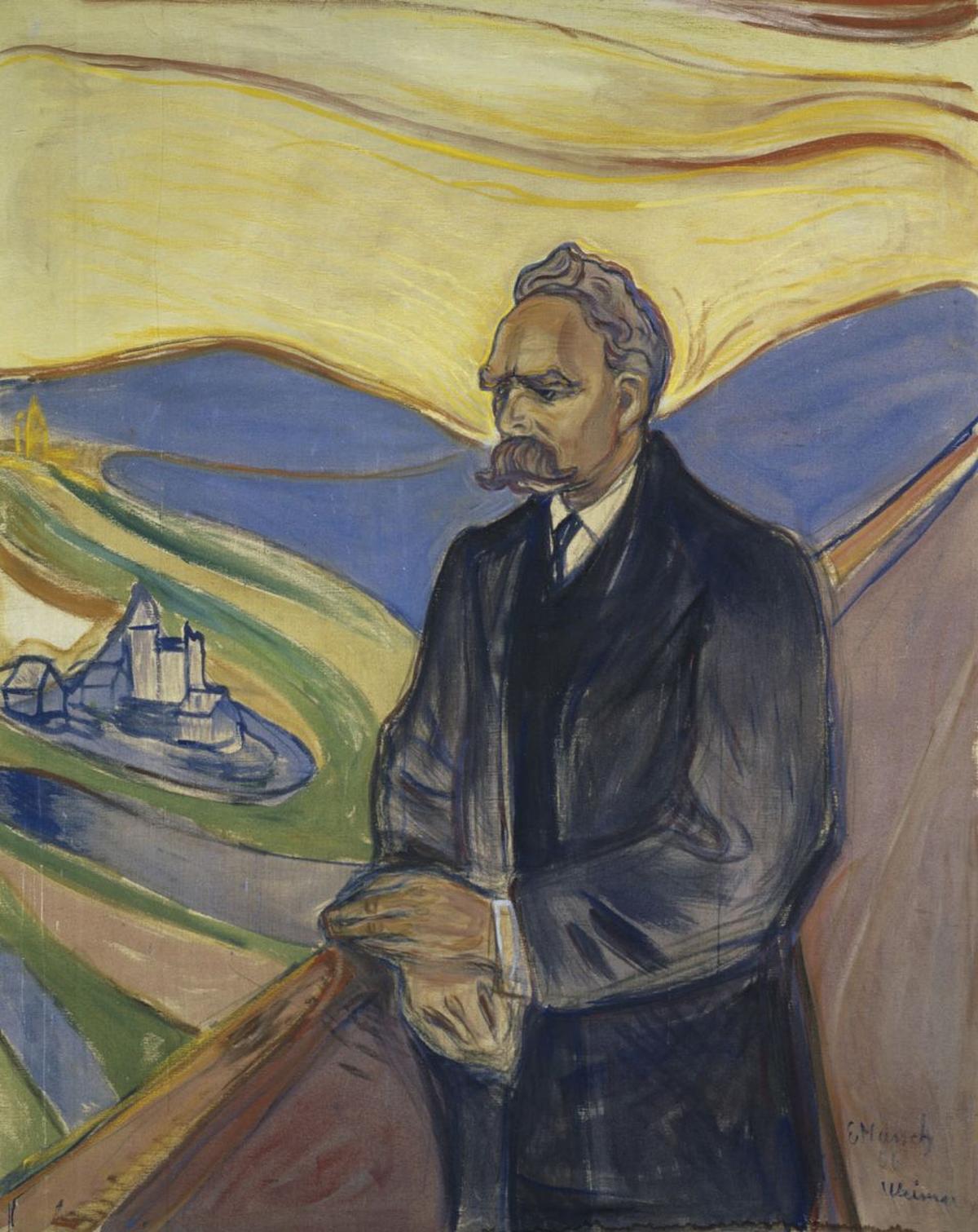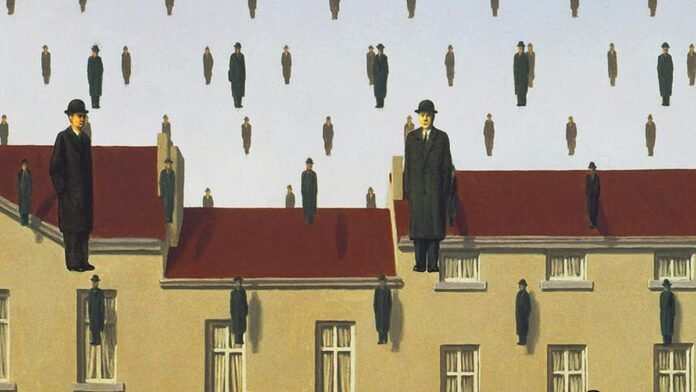Golconda by René Magritte | Photo courtesy: Wikiart
Some of you art lovers and literature lovers may already be familiar with the term “avant-garde”. Others may have seen it here and there, finding the term a little intimidating. Like many English words that are often borrowed from other languages, avant-garde comes from French. The English meaning is “vanguard” or “advance guard”, reflecting the feeling of being ahead of the rest and moving with the times. Keep this in mind as you read further.
Symbol of ‘thinking outside the box’
Avant-garde is a challenge to traditional ideas, a curiosity to imagine beyond reality. When all your friends say the sun can only be painted yellow and you say, “Why can’t I paint the sun red if the heat seems unbearable, why can’t I paint it blue if it looks sickly yellow, and why can’t I paint it white if it’s just a big star?” This is a pioneering idea! In fact, this is how the avant-garde began as a revolutionary art movement. Throughout the world in France in the 19th century, painters and writers united to engage with art as a form of liberation, moving forward alongside revolutions in the fields of science and socialism. Then it gradually spread throughout Europe and took shape as a huge philosophy in history. The works and viewpoints of these European avant-gardeists seemed strange to society then but now seem modern and ahead of their time.

A visitor looks at René Magritte’s 1966 painting ‘L’Ide’ on display at a London auction house. , Photo Credit: AP
In avant-garde thinking, one can either draw just for the sake of drawing, which means you can paint the sun red or make it square if you feel like it, or not draw the sun at all! A tree also works in the sky in place of the sun. (See Belgian artist René Magritte’s painting “Golkonda” here, where people in suits fall from the sky like rain!).
So, is avant-garde just art?
No, avant-garde artists (if they could) will rush to tell you that it is not so. In war-torn Europe of the 20th century, avant-garde ideas spread and grew into popular literary and art movements such as Expressionism, Surrealism, Cubism and others, giving the term global recognition. But the roots of this movement go beyond just art. This thought process was a by-product of all the creative people who survived wars and were deeply affected by the conflicts. The devastation of war forced people to think beyond the conventions of society, to be infinitely innovative and to keep questioning. All these are relevant even today.
avant-garde circle
Now if you think you might be a leading thinker, here are some people you’ll be excited to know about. Marcel Duchamp (French painter and a key figure of the avant-garde, who broke every existing concept of what and how art is made), Cinna from The Hunger Games (Katniss Everdeen’s stylist, known for his intriguing designs), Henri Matisse (French artist, famous for using unnatural colors), Friedrich Nietzsche (German philosopher and critic, famous for his challenging views on the idea of truth as well as his belief that we should always question ourselves – our ideas, values, why we believe what we believe), Igor Stravinsky (Russian-born classical composer, famous for his “The Rite of Spring”, which aggressively criticized audiences for its use of highly unorthodox, irregular beats and rhythms) Startled.)

Portrait of Friedrich Nietzsche (1906) by Edvard Munch. , Photo Credit: Wikimedia Commons
To think that avant-garde ideas are simply about opposing social and traditional thinking is a misunderstanding. The key is to let your imagination fly limitlessly and have a curiosity that is felt in the deepest depths of your heart. Think about some pioneering things around you. An example of this is artificial intelligence. We can regard AI as an avant-garde for its constant, radical expansion and disruption of the way we use time.
published – October 13, 2025 04:50 PM IST
